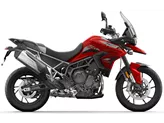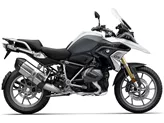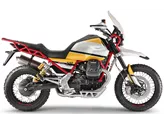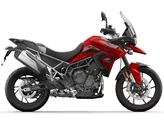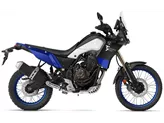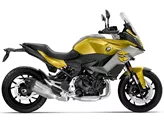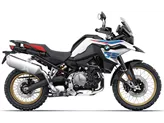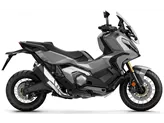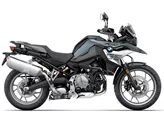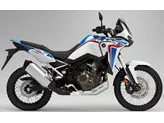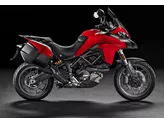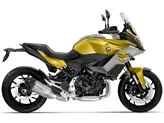BMW F 850 GS 2018 vs. Triumph Tiger 900 GT Pro 2020

BMW F 850 GS 2018
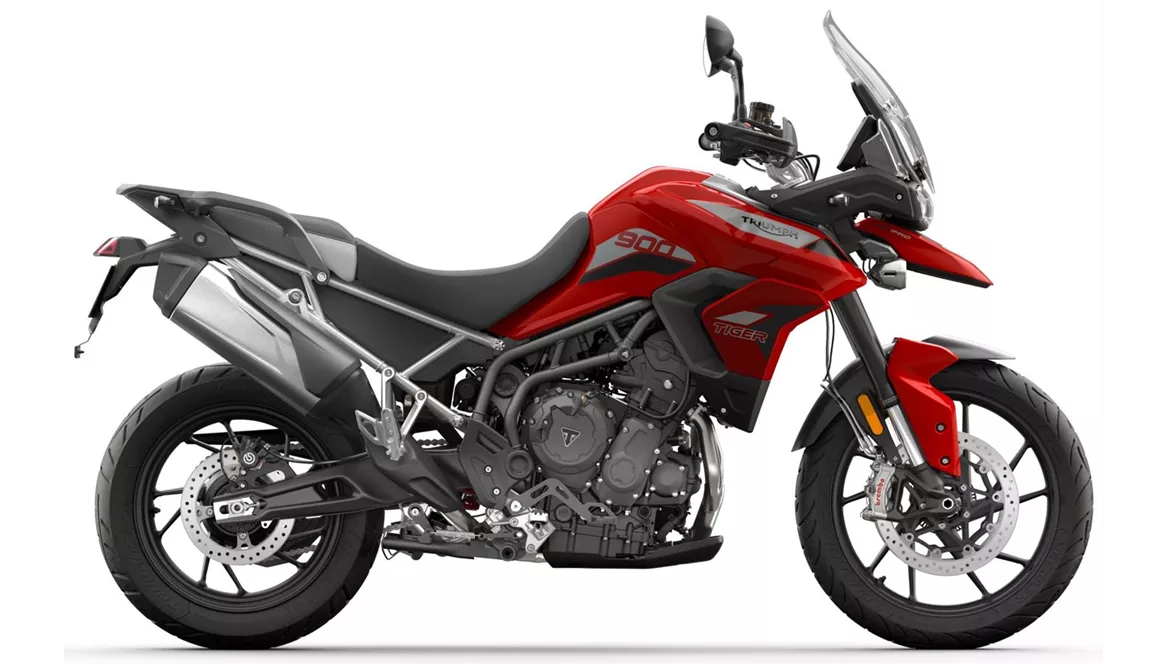
Triumph Tiger 900 GT Pro 2020
Overview - BMW F 850 GS 2018 vs Triumph Tiger 900 GT Pro 2020
The BMW F 850 GS 2018 and the Triumph Tiger 900 GT Pro 2020 are both enduro motorcycles with similar engine types and power outputs. However, there are several key differences between the two models.
In terms of engine specifications, the BMW F 850 GS has a larger bore and stroke compared to the Triumph Tiger 900 GT Pro. This results in a slightly higher engine power and torque for the BMW, with 95 HP and 92 Nm respectively, compared to 95.2 HP and 87 Nm for the Triumph. Both motorcycles have electric starters and chain transmissions.
When it comes to suspension, the BMW F 850 GS features an upside-down telescopic fork with a 43 mm diameter in the front, offering a travel of 204 mm. The rear suspension consists of a swing arm with a monoshock, providing a travel of 219 mm. The suspension on the Triumph Tiger 900 GT Pro is also similar, with a 45 mm upside-down telescopic fork in the front and a swing arm with a monoshock in the rear. However, the travel is slightly less, with 180 mm in the front and 170 mm in the rear.

BMW F 850 GS 2018
Both motorcycles have steel frames, but the BMW F 850 GS has a tubular, load-bearing engine frame, while the Triumph Tiger 900 GT Pro has a tubular frame. The BMW has a rake of 62 degrees and a trail of 126 mm, while the Triumph has a rake of 65.4 degrees and a trail of 133.3 mm.
In terms of braking, both motorcycles have double disk brakes in the front. The BMW F 850 GS features ABS as an advanced rider assistance system, while the Triumph Tiger 900 GT Pro offers additional features such as electronically adjustable suspension, riding modes, cornering ABS, ride by wire, and traction control.
In terms of dimensions and weights, the BMW F 850 GS has a front tire diameter of 21 inches and a rear tire diameter of 17 inches, with a width of 150 mm. The wheelbase is 1593 mm and the seat height is 860 mm. The fuel tank capacity is 15 liters. On the other hand, the Triumph Tiger 900 GT Pro has a front tire diameter of 19 inches and a rear tire diameter of 17 inches, with the same width of 150 mm. The wheelbase is slightly shorter at 1556 mm and the seat height is lower at 810 mm. The fuel tank capacity is larger at 20 liters.
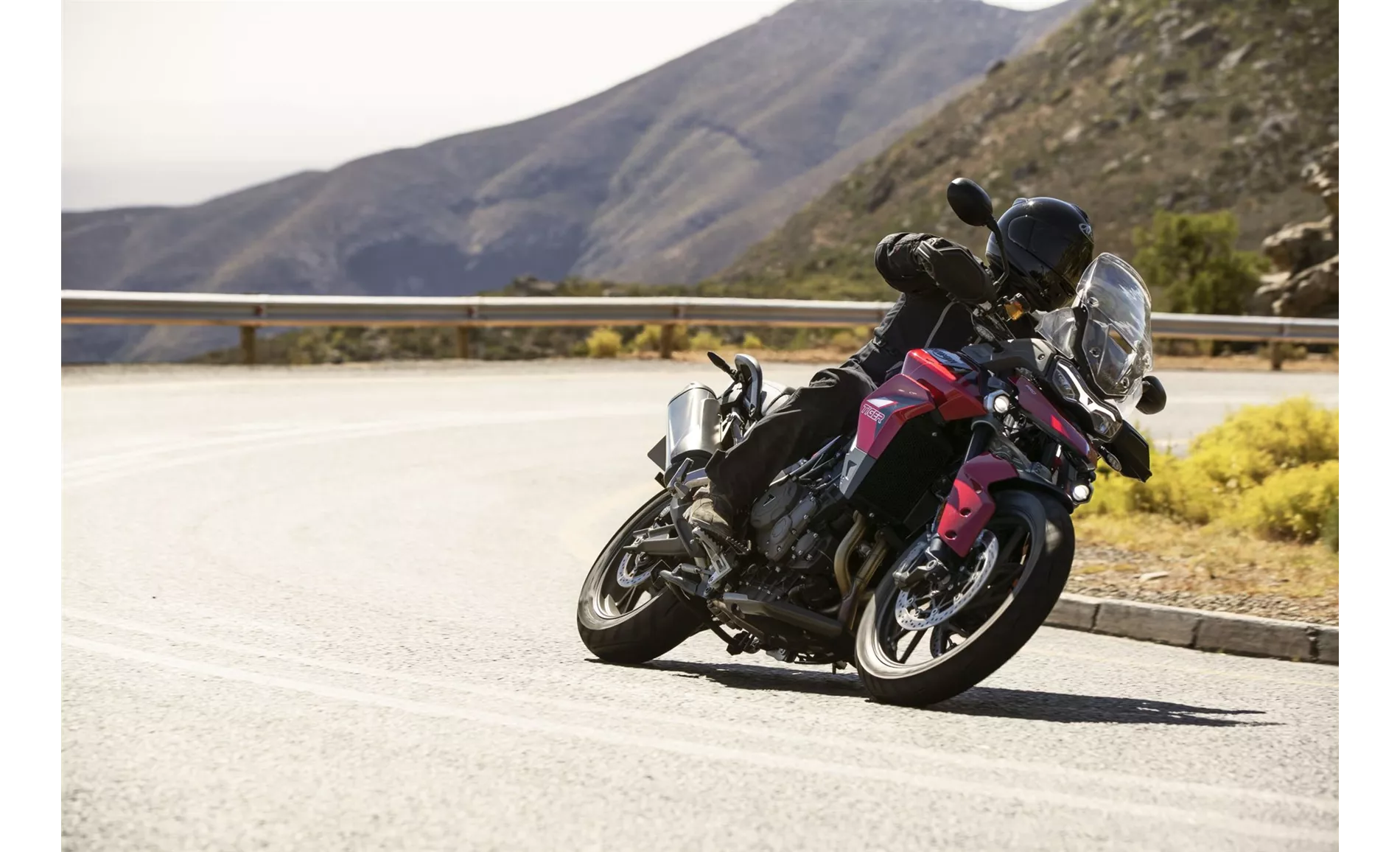
Triumph Tiger 900 GT Pro 2020
In terms of strengths, the BMW F 850 GS has a superior engine, adequate braking system, very good seating position, easy handling, and an extensive range of accessories. It also offers riding modes and traction control, making it suitable for off-road riding. On the other hand, the Triumph Tiger 900 GT Pro has a three-cylinder engine full of character, agile turn-in behavior, a quickshifter as standard, electronically adjustable suspension, generous standard equipment, good ergonomics, good wind and weather protection, and long-distance capability.
However, the BMW F 850 GS has a few weaknesses, including a disc that is positioned too low and could have better sound. The Triumph Tiger 900 GT Pro has a flood of switches on the left handlebar, which could be overwhelming for some riders.
In conclusion, both the BMW F 850 GS 2018 and the Triumph Tiger 900 GT Pro 2020 have their own strengths and weaknesses. The BMW offers a more off-road capable experience with its superior engine and extensive range of accessories, while the Triumph provides a characterful three-cylinder engine and generous standard equipment. Ultimately, the choice between the two will depend on the rider's preferences and intended use of the motorcycle.
Technical Specifications BMW F 850 GS 2018 compared to Triumph Tiger 900 GT Pro 2020
Pros and Cons in comparison
Pros and Cons in comparison
BMW F 850 GS 2018

You might not see it at first glance on the new BMW F 850 GS, but it really is a completely new design. Both the steel chassis and the drivetrain have been changed, the engine enlarged to 853 cubic capacity and designed to be even more powerful with the 90-degree crankpin offset. As a result, the new F 850 GS presents itself more sovereign than excited and is convincing both on the road and off-road. The very special thing about the BMW is the ability to tailor it exactly to your personal needs thanks to the extensive range of accessories - there is actually no feature currently available that you can't get on your F 850 GS. However, this also drives up the price.
Triumph Tiger 900 GT Pro 2020
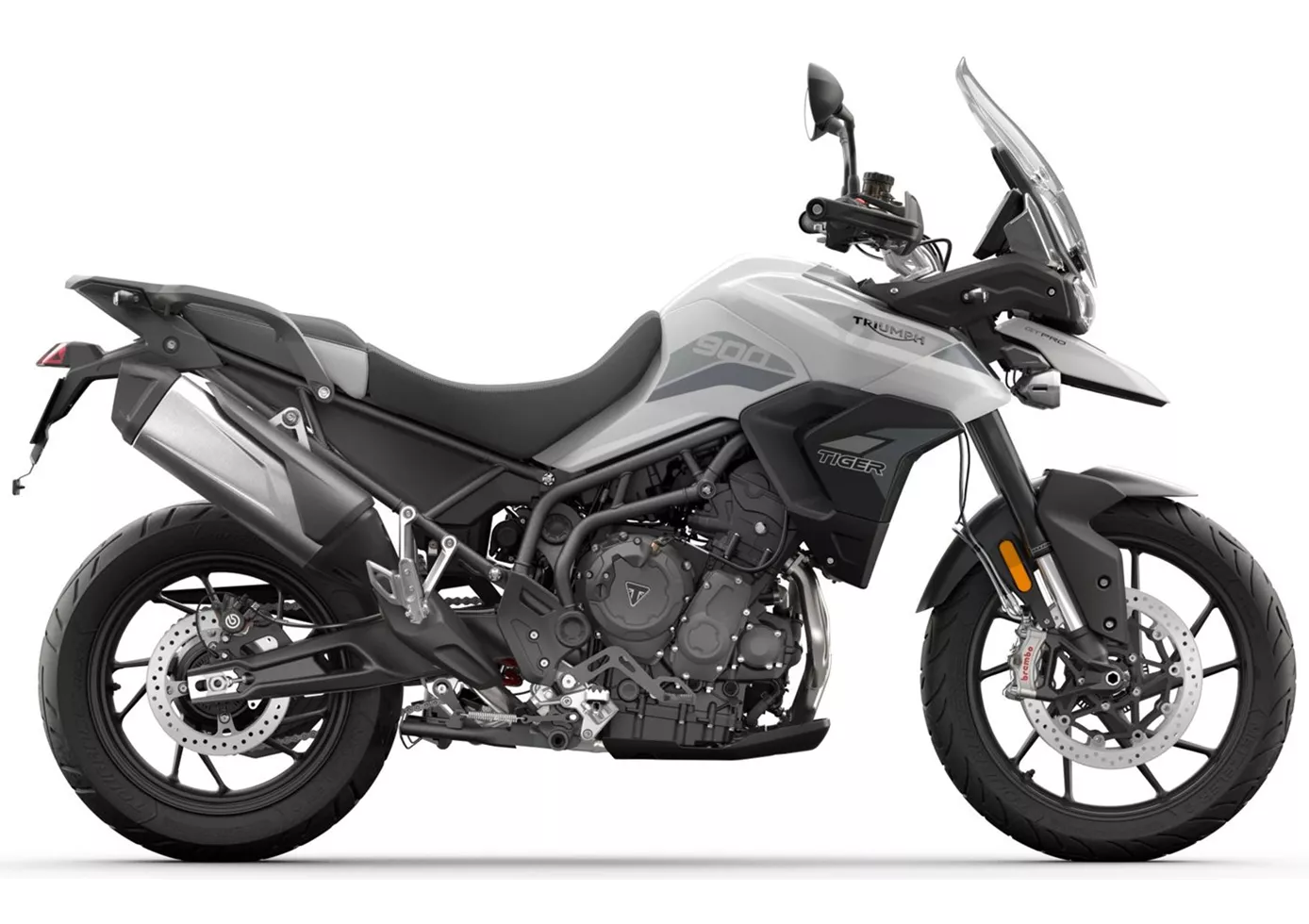
Good things take time, they say. Triumph has kept to this and with the Tiger 900 GT Pro has put a motorbike on the cast rims that continues the long, successful path of the 800 with many detail improvements and is just as much a practical everyday motorbike as it is for extended tours and trips. The Triple has become sharper and yet is still a harmonious unit with which even beginners can do no wrong without boring the experienced motorcyclist. And that's thanks to sufficient suspension travel on roads of the most varied qualities as well as quite moderate off-road passages. There was little to complain about in our first impression, but we will certainly take a closer look at the Tiger.
Price Comparison Avarage Market Price BMW F 850 GS vs Triumph Tiger 900 GT Pro
There are a few key differences between a BMW F 850 GS 2018 and a Triumph Tiger 900 GT Pro 2020. In terms of price, the actual average price of a Triumph Tiger 900 GT Pro 2020 is about 6% higher. There are the same number of bikes of both models available on the 1000PS.de marketplace, specifically 5. It takes less time to sell a Triumph Tiger 900 GT Pro with 88 days compared to 112 days for the BMW F 850 GS. Since model year 2018 1000PS.de editors have written 31 reviews for the BMW F 850 GS and 10 reviews for the Triumph Tiger 900 GT Pro since model year 2020. The first review for the BMW F 850 GS was published on 11/21/2017 and now has more than 69,800 views. This compares to more than 65,300 views for the first review on Triumph Tiger 900 GT Pro published on 12/3/2019.



